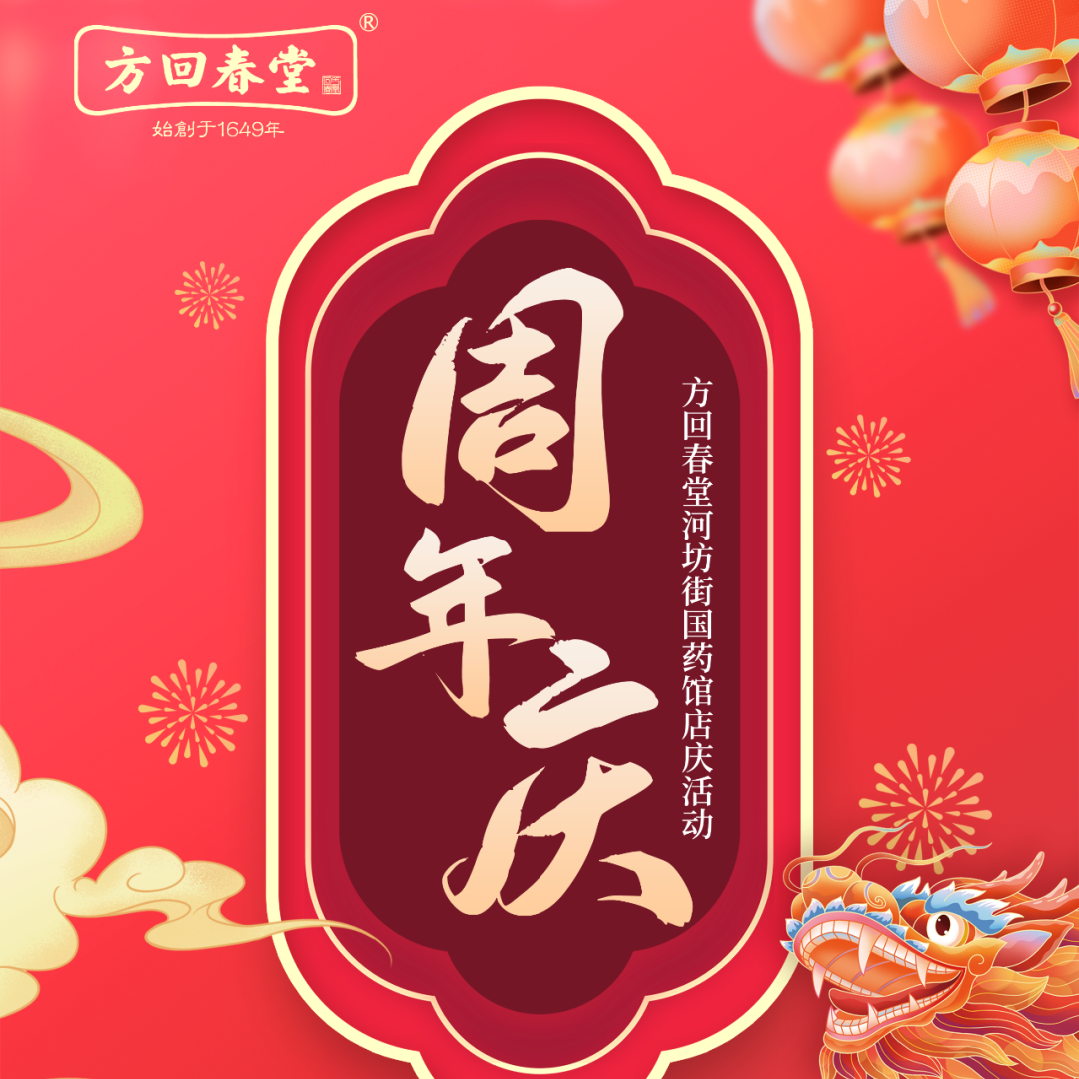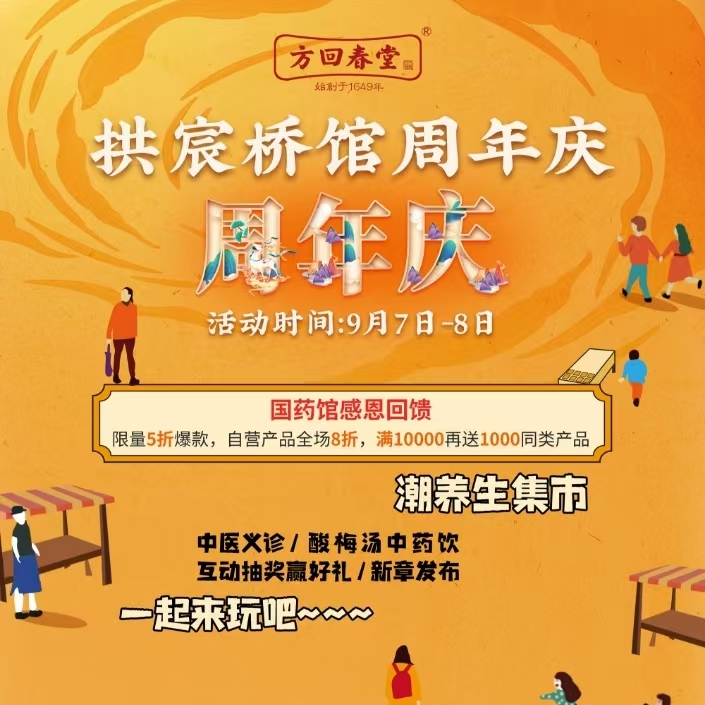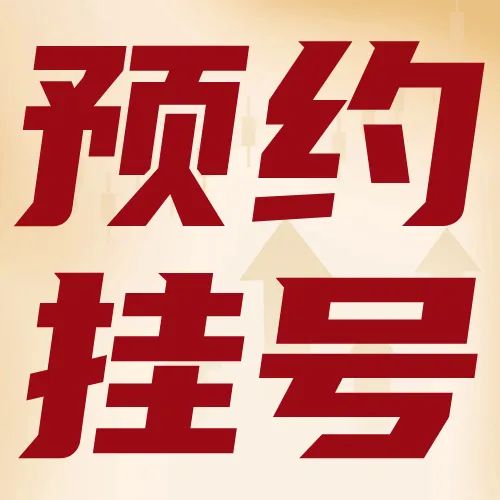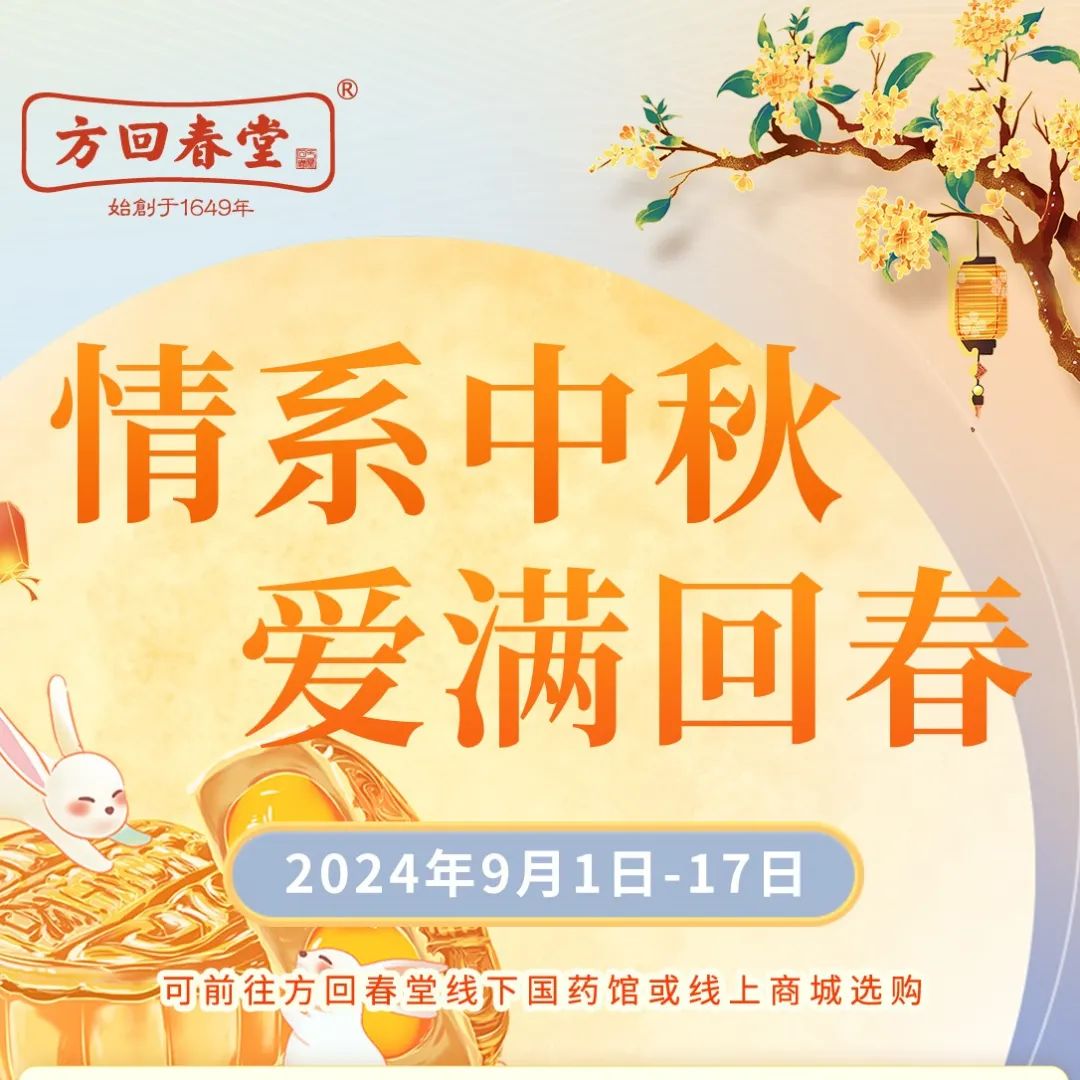The common cold, also known as “shangfeng” (injured wind) or “shanghan” (injured cold), is considered by Traditional Chinese Medicine (TCM) to be a common external pathogenic disease caused by the invasion of seasonal qi or other external pathogens.
 Image source copyright, please do not reprint without permission
Image source copyright, please do not reprint without permission
Due to sudden climate changes and increased temperature differences, the body may be affected by seasonal qi, such as wind in spring, heat in summer, dryness in autumn, and cold in winter, leading to colds; additionally, abnormal weather patterns, such as experiencing cold in spring when it should be warm, coolness in summer when it should be hot, heat in autumn when it should be cool, and warmth in winter when it should be cold, can also cause colds due to the invasion of “non-seasonal qi”.
From the perspective of TCM theory, colds can be classified into two types: wind-cold and wind-heat, each with distinct causes, symptoms, and treatments. It is essential to treat according to the specific condition; otherwise, the situation may worsen.
It is recommended to seek the help of a professional TCM practitioner, to treat according to the symptoms, which can more quickly and accurately resolve cold issues and reduce the risk of recurrence and the onset of other diseases.
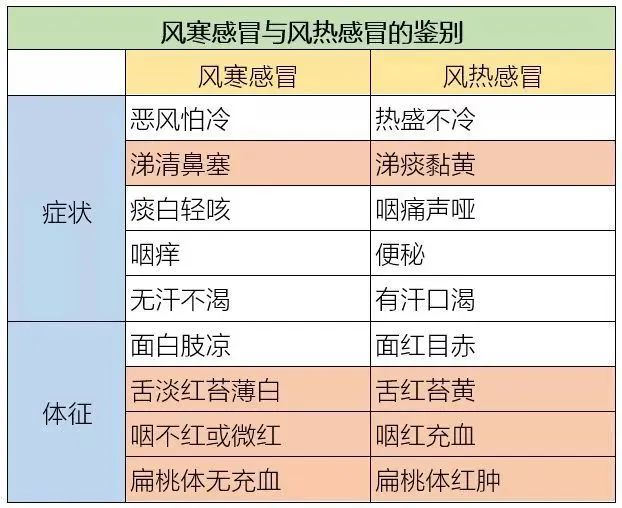
Wind-cold colds are characterized by symptoms such as aversion to cold, mild fever, thin white tongue coating, and clear, thin nasal discharge; wind-heat colds are characterized by fever, yellow purulent nasal discharge, yellow phlegm, headache, and sore throat.
Aversion to cold and body aches can serve as primary distinguishing features between wind-cold and wind-heat colds.
Wind-Cold Cold
According to TCM theory, the manifestations of wind-cold colds often include severe aversion to cold, mild fever, no sweating, headache, body aches, nasal congestion with a heavy voice, occasional clear nasal discharge, itchy throat, cough, thin white phlegm, thin white tongue coating, and floating or tight pulse.
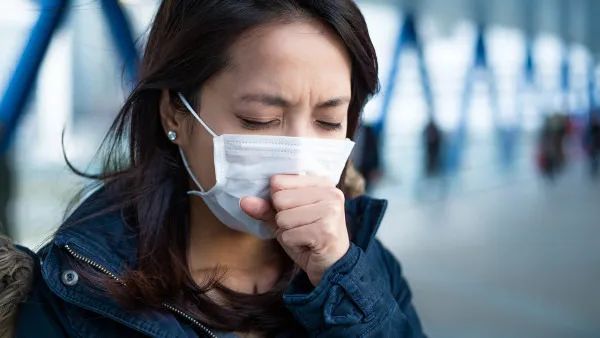
Especially in autumn, many people with colds will exhibit exterior cold with interior heat, also known as “cold wrapping fire,” with symptoms of fever and aversion to cold, nasal congestion with a heavy voice, body aches, no sweating and thirst, sore throat, urgent cough, yellow and thick phlegm, or red urine and constipation, with a tongue coating that is both yellow and white, indicating a more complex presentation.
In TCM, treatment often focuses on spicy-warm exterior-releasing and lung-dispersing methods. Commonly used herbs include Ma Huang (Ephedra), Jing Jie (Schizonepeta), Fang Feng (Siler), and Su Ye (Perilla Leaf) for exterior-releasing and cold-dispersing. Formulas such as Si Ji Qing Gan Pian (Four Seasons Cold Tablets) and Chun Yang Zheng Qi Wan (Pure Yang Correct Qi Pills) may also be used. After taking the medicine, drinking some hot porridge or soup and inducing slight sweating can help disperse wind-cold.
Wind-Heat Cold
Individuals with wind-heat colds typically present with fever, mild aversion to wind-cold, perspiration, nasal congestion with sneezing, thick nasal discharge, headache, sore throat, cough with thick phlegm, thin yellow tongue coating, and a rapid floating pulse.
In TCM, treatment often focuses on spicy-cool exterior-releasing and lung-clearing methods as the main approach.
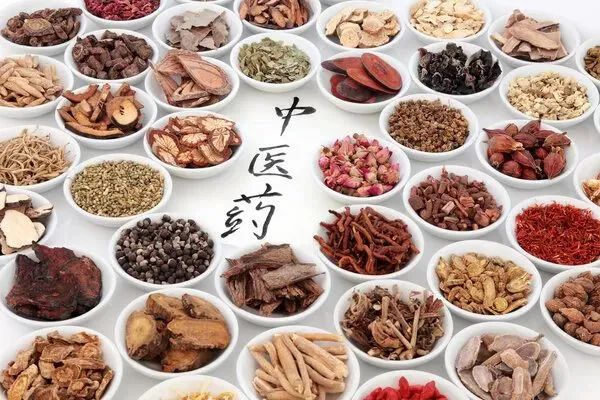
Representative formulas include Yin Qiao San (Yin Qiao Powder), and TCM patent medicines such as Ling Yang Gan Mao Kou Fu Ye (Antelope Cold Liquid), Nan Ban Lan Gen Ke Li (South Isatis Root Granules), and Xiao Chai Hu Granules. TCM patent medicines should be used under the guidance of a professional TCM practitioner!
Other Types of Colds
In addition to wind-cold and wind-heat, TCM also categorizes colds as summer-damp colds and qi-deficiency colds.
Among these, qi-deficiency colds are more easily misdiagnosed. Patients may be elderly or have a weak constitution, or may be weak after illness or childbirth. They often exhibit qi deficiency and yin deficiency, with weak exterior defenses, making them prone to recurrent colds or prolonged recovery after a cold.

Image source copyright, please do not reprint without permission
This group of individuals requires differential diagnosis and treatment from a professional TCM practitioner, and self-medication should be avoided to prevent exacerbating existing health issues.
Do Not Underestimate the Common Cold
The widespread occurrence of colds and the high rate of recurrence among individuals is unmatched by any other disease. They can occur in all four seasons.
While mild colds may resolve without medication, they can still impact work and daily life, and severe colds can even threaten the lives of children and the elderly!
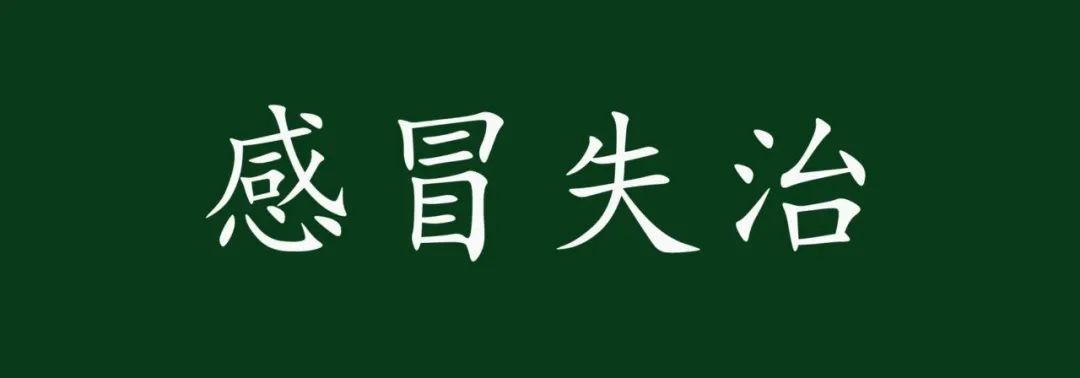
Especially during outbreaks of seasonal colds, they can spread rapidly, infecting many individuals, with severe symptoms that can even lead to death. Moreover, colds are also a significant factor in the onset and exacerbation of various diseases such as cough, asthma, palpitations, edema, and bi syndrome.
Therefore, it is crucial to actively prevent and treat colds, especially for those with a weak constitution or chronic illnesses, and they should not be overlooked.
The above content is for educational discussion onlyIf you feel unwell, please seek medical attention promptly
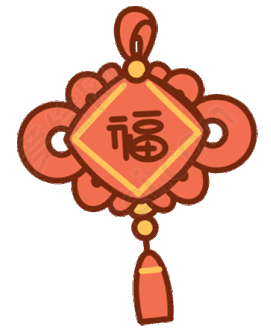
Content compiled from:
Fang Huichun Tang (Zhejiang University of Traditional Chinese Medicine Cooperative Clinic)
If there are any violations, please contact us
More information | Click to read
